Nursing shortage creating ‘health crisis’ in First Nations in Manitoba
“Critical nursing services at the 21 nursing facilities run by ISC in remote Indigenous communities in Manitoba have been impacted”: Ottawa
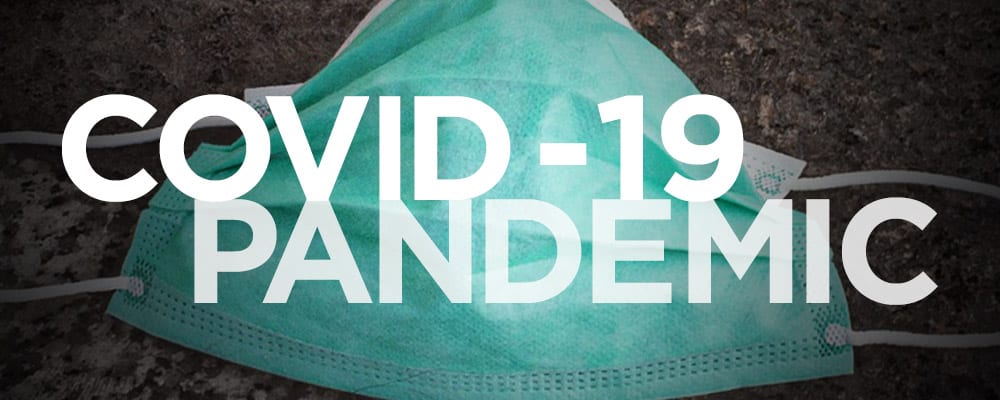

The COVID-19 Pandemic
On March 11, 2020, the World Health Organization (WHO) declared COVID-19 a pandemic.
APTN News is reporting from across the country on the viral outbreak, vaccine rollout and how it is impacting Indigenous communities.
In February, 2021 – APTN News looked at ‘COVID in the Community’, a 3-part perspective series giving insight into how COVID-19 has affected all of our lives. Click here.
Questions and Answers
Each week on APTN National News, we’ll be speaking with Indigenous Services Canada doctors to help you wade through the fast-pace updates coming out about the vaccines.
Do you have a question? Send us an e-mail.
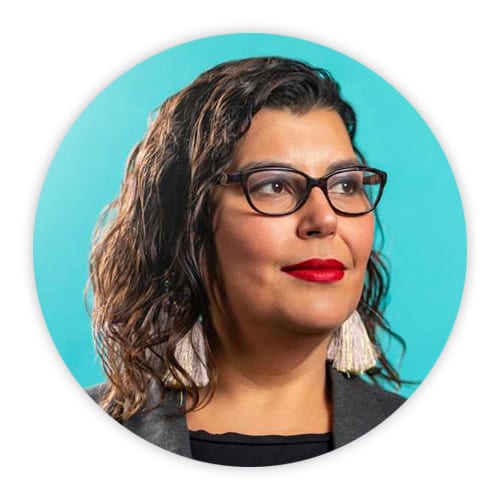

Dr. Marcia Anderson
Medical Officer of Health in Manitoba with Indigenous Services Canada


Dr. Ibrahim Khan
Medical Officer of Health in Saskatchewan with Indigenous Services Canada
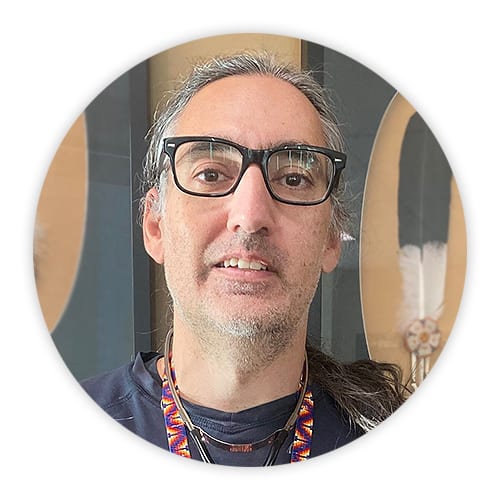

Dr. Chris Sarin
Deputy Medical Officer of Health in Alberta with Indigenous Services Canada
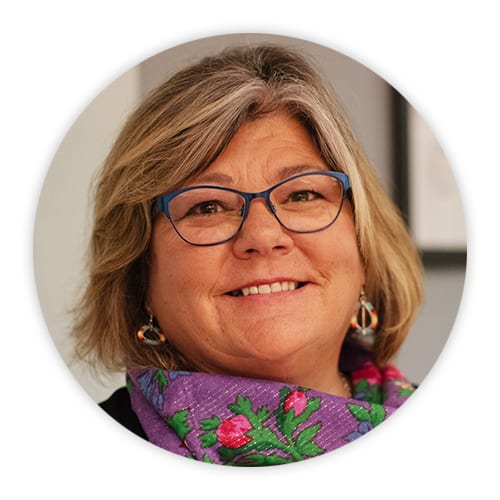

Dr. Shannon McDonald
Acting Chief Medical Officer at the First Nations Health Authority in B.C.
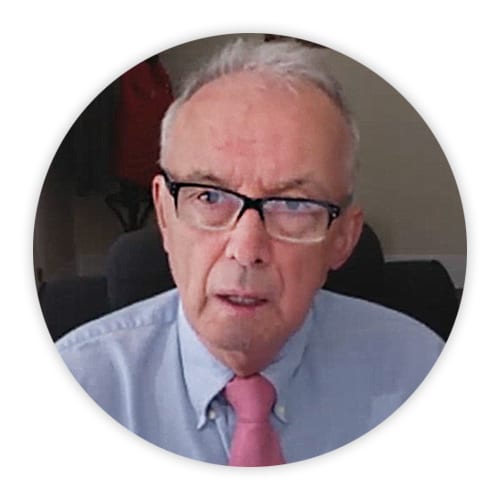

Dr. John Guilfoyle
Public Health Physician with the Sioux Lookout First Nations Health Authority in Ontario
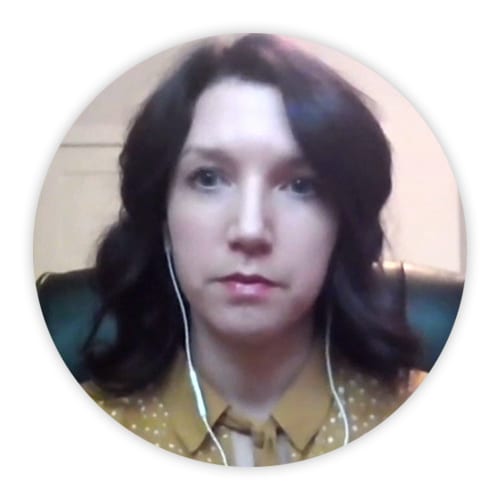

Dr. Jessica Jackman
Public Health Physician with the Atlantic region of Indigenous Services Canada


Dr. Andre Corriveau
Public Health Physician at the First Nations of Quebec and Labrador Health and Social Services Commission
FAQ about COVID-19
How to stop the spread
COVID-19 is now a high risk for Canadians from coast to coast to coast.
Elders and people with compromised immune systems are most at risk. Some people who contract the virus may notice nothing more than the symptoms of a cold or flu.
There are ways to protect yourself and others from contracting the virus.
Click on each item below to learn more.
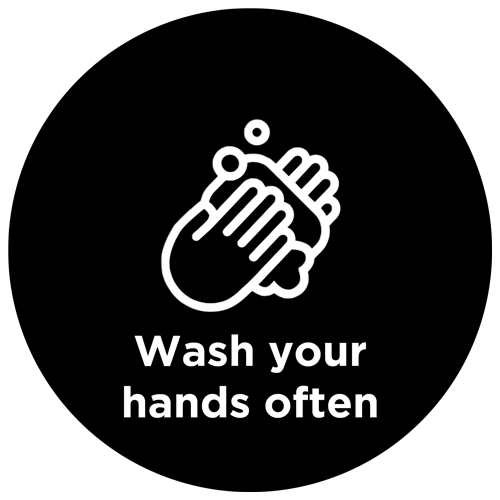



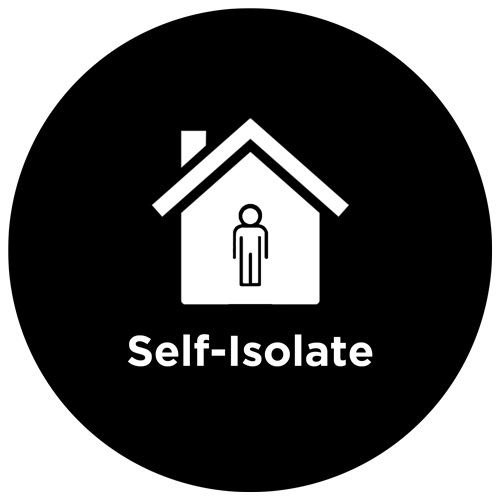

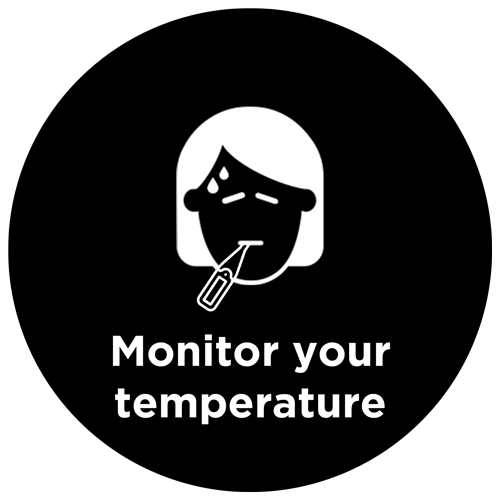

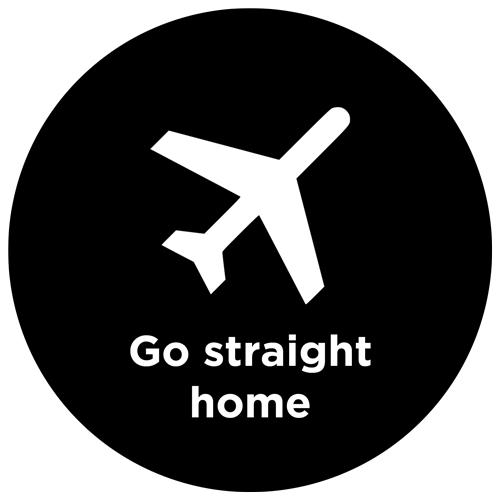

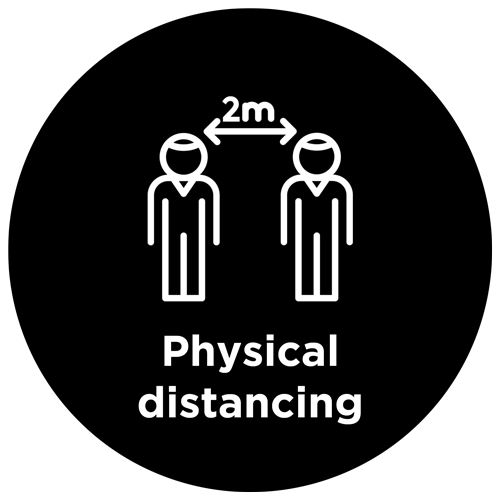

Our Coverage
“Critical nursing services at the 21 nursing facilities run by ISC in remote Indigenous communities in Manitoba have been impacted”: Ottawa
There have been 493 RSV infections and 86 hospitalizations so far this year.
All Indigenous adults are among those prioritized for the shot that targets both the original strain of the coronavirus and its Omicron variant
Along with improving work environments, Dr. Alika Lafontaine wants to advocate for national health care standards
The new school year is right around the corner and Canada’s northern territories are reporting…
If Jessica McKenzie isn’t at her day job, she can be found beading. She learned…
It’s a celebration to honour Tlicho culture. The Dene First Nation in the Northwest Territories…
Former chief and council don’t like the way they were targeted by the independent audit
Numbers show the majority of people living on First Nations are not getting a third…